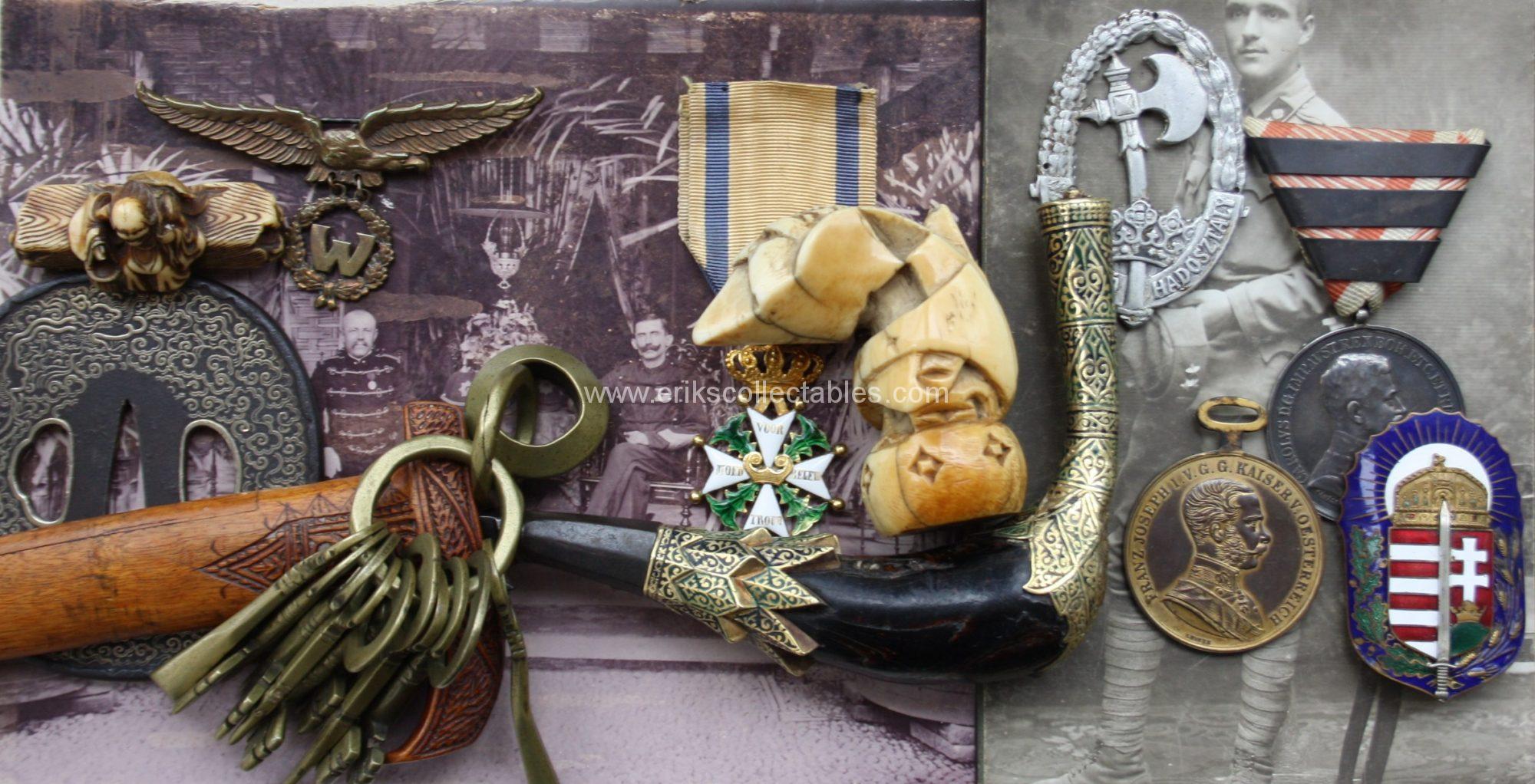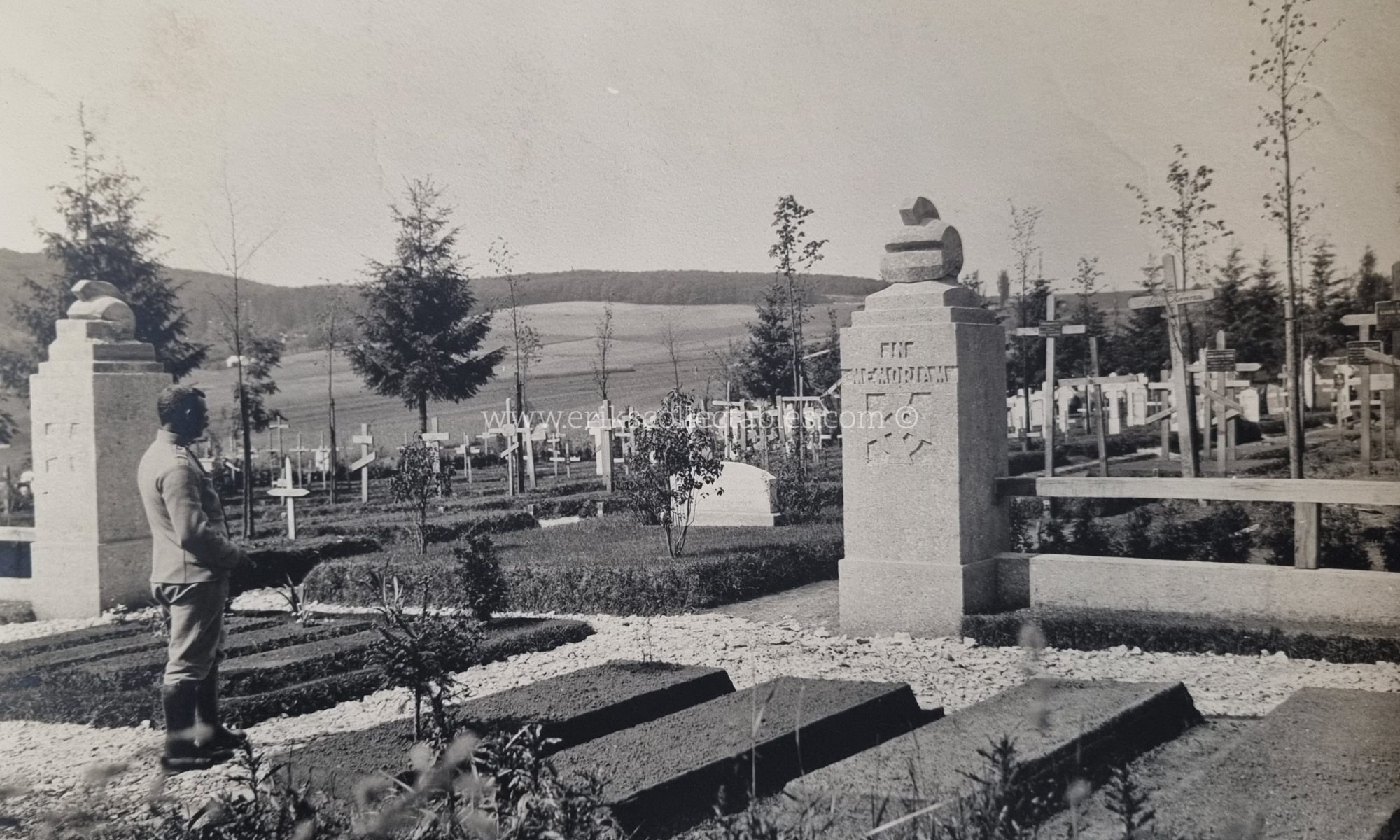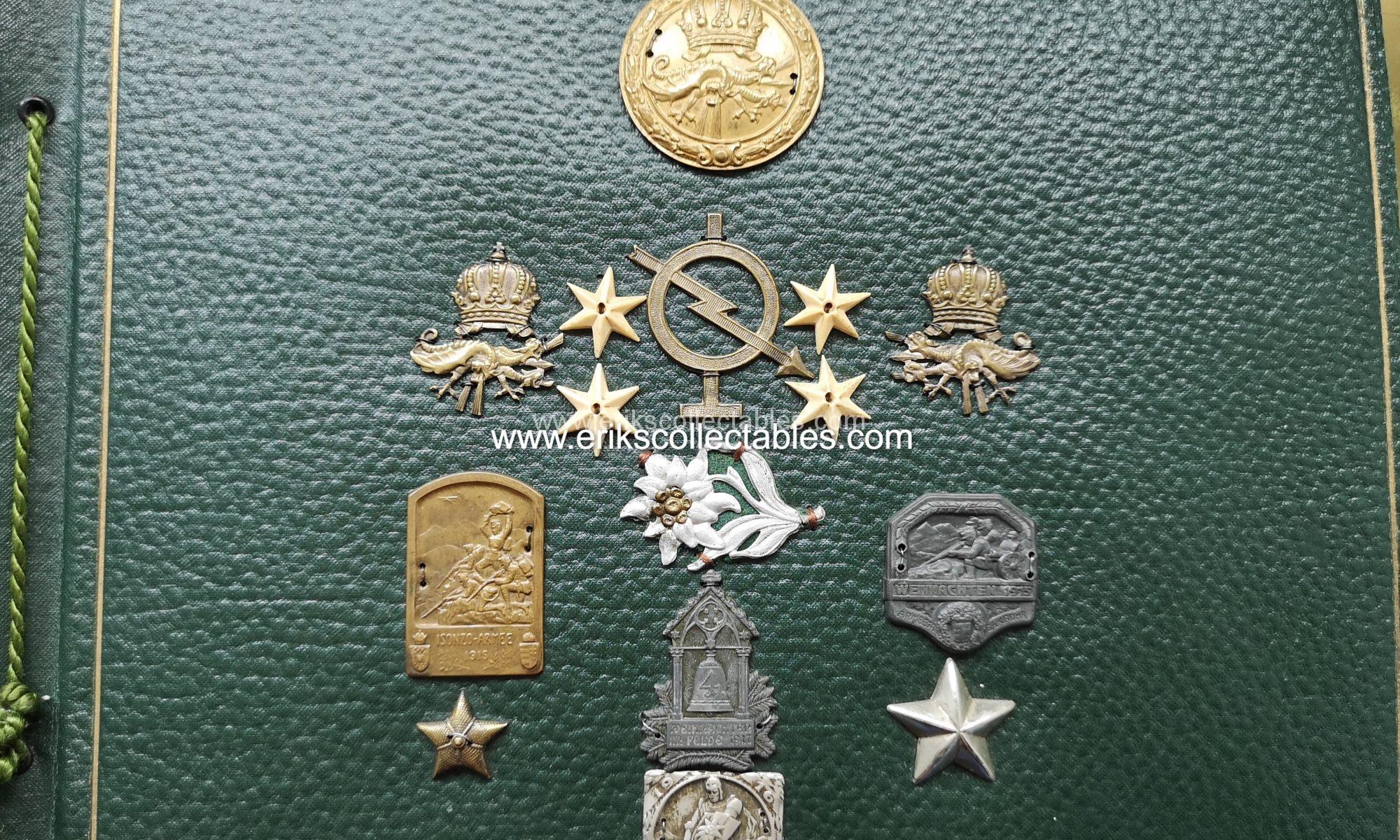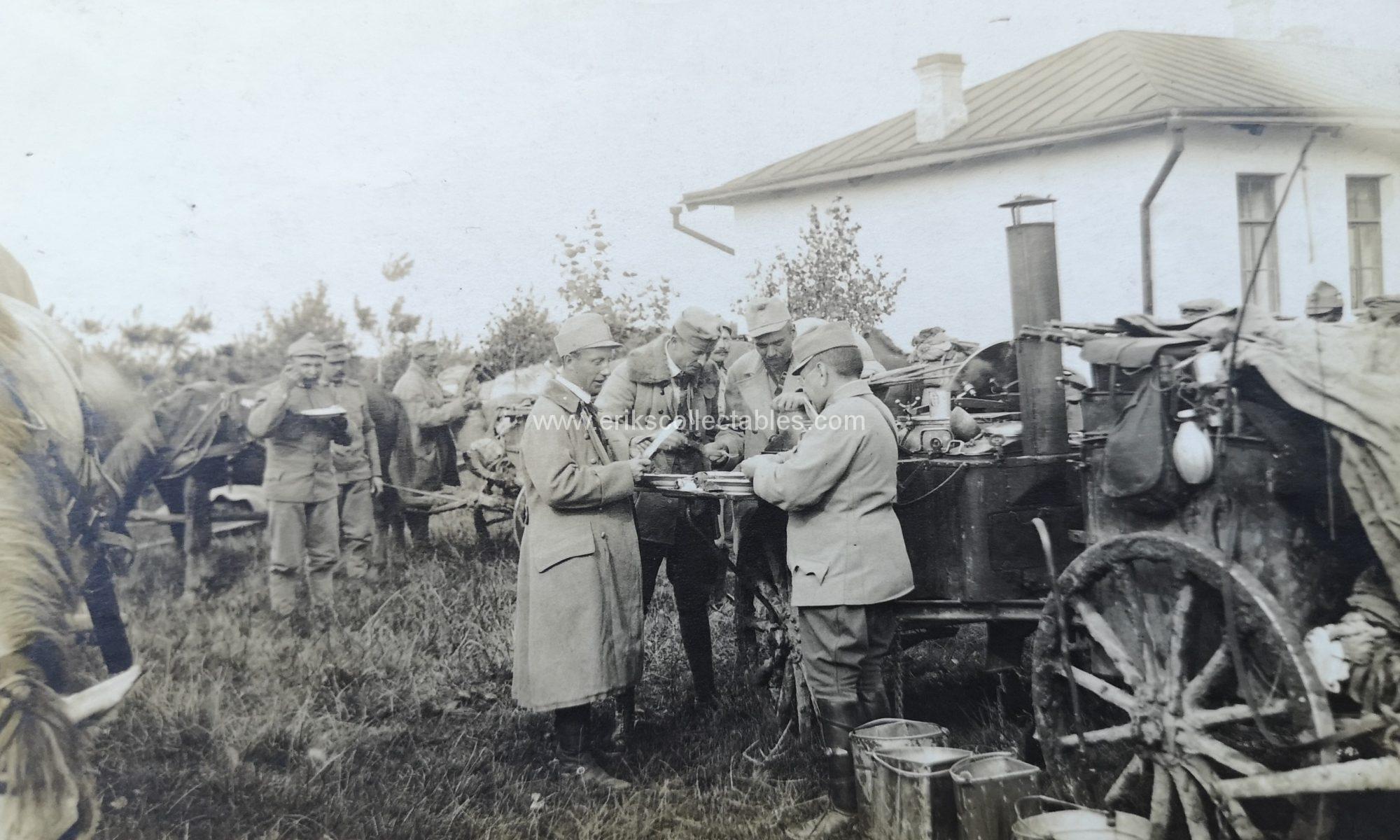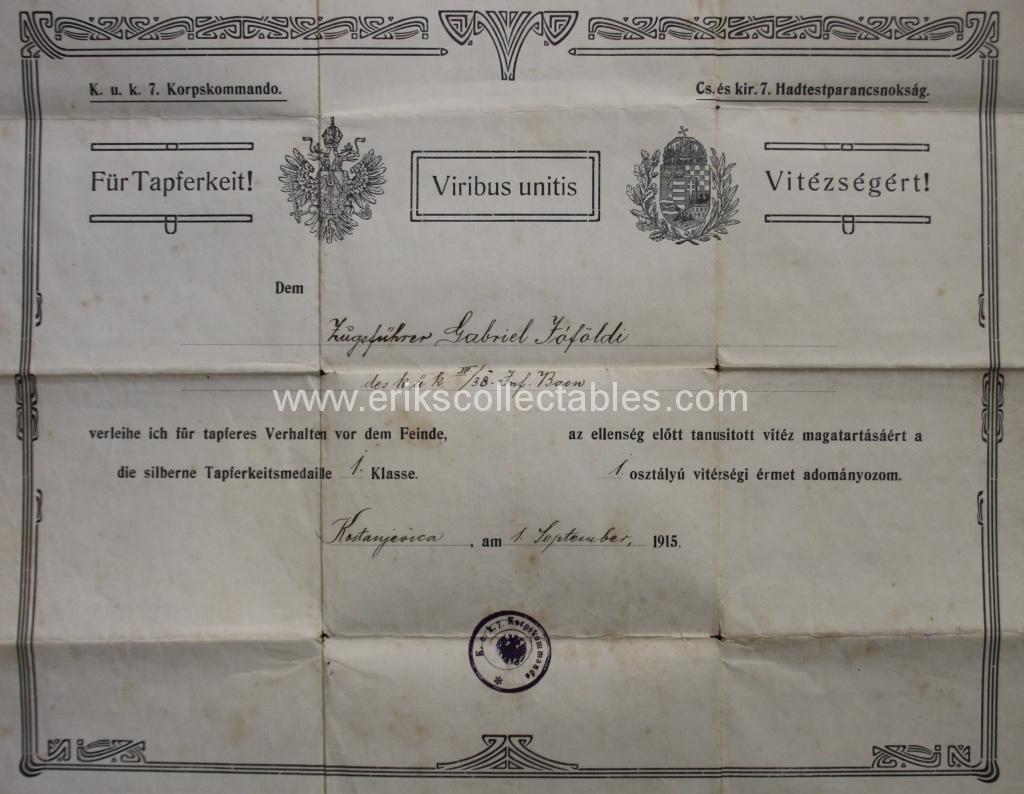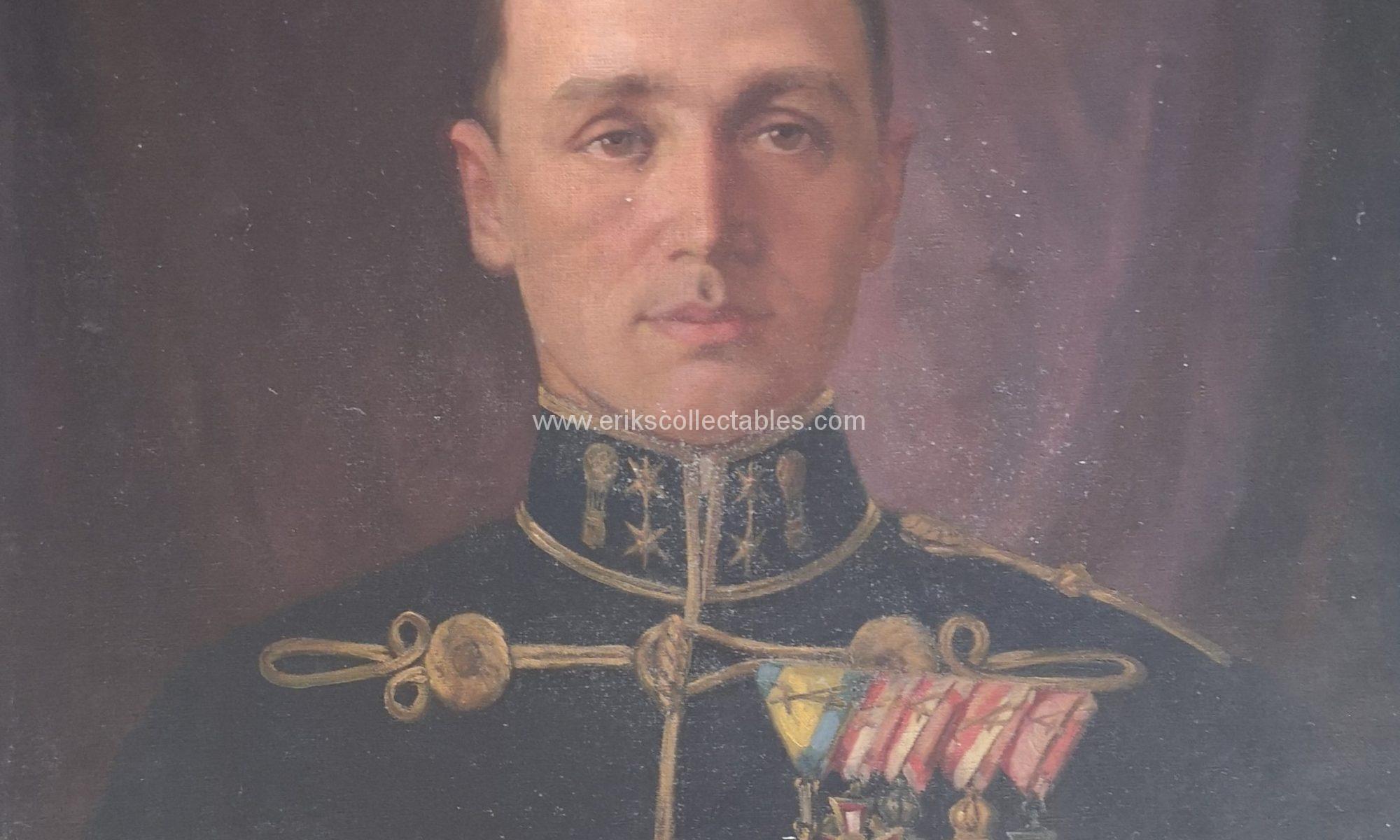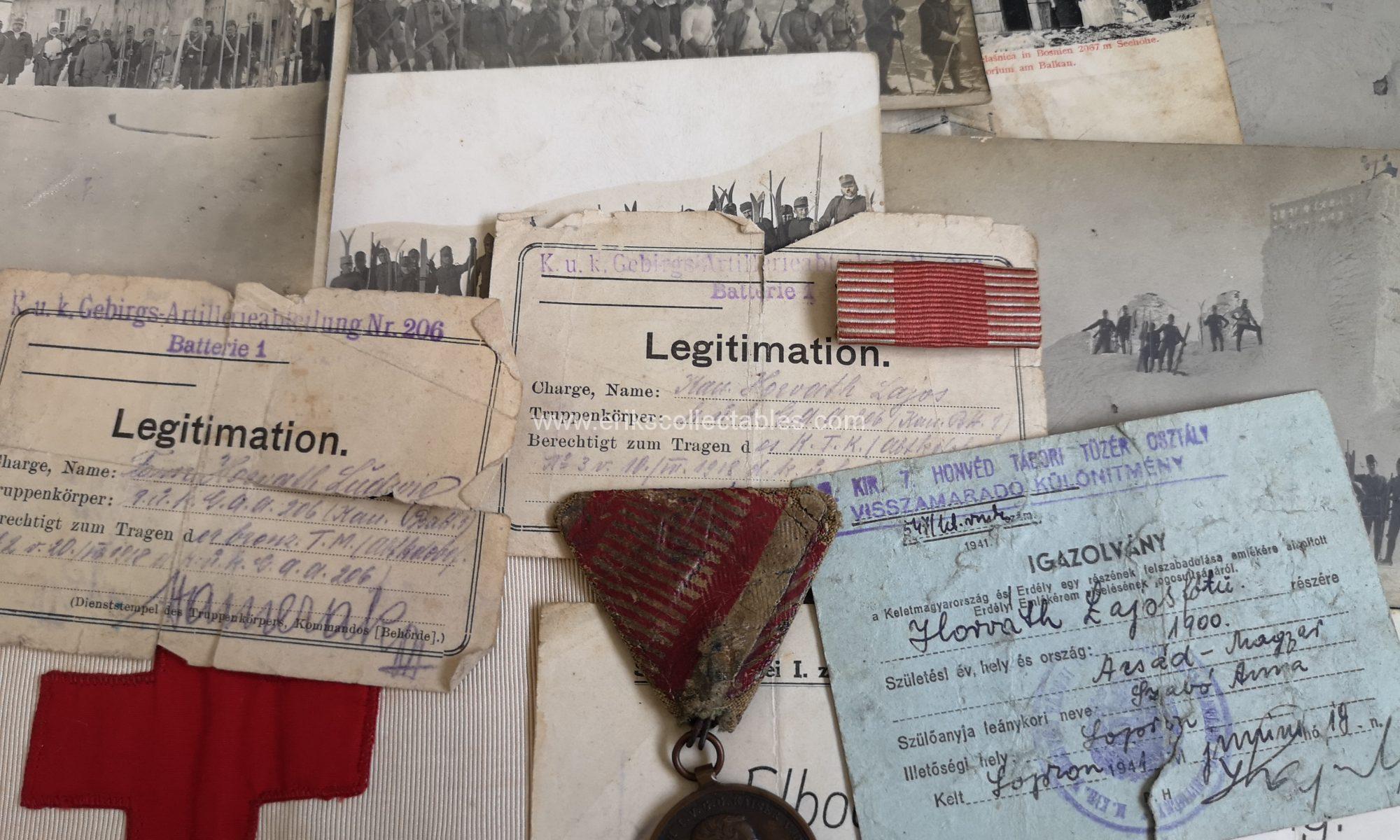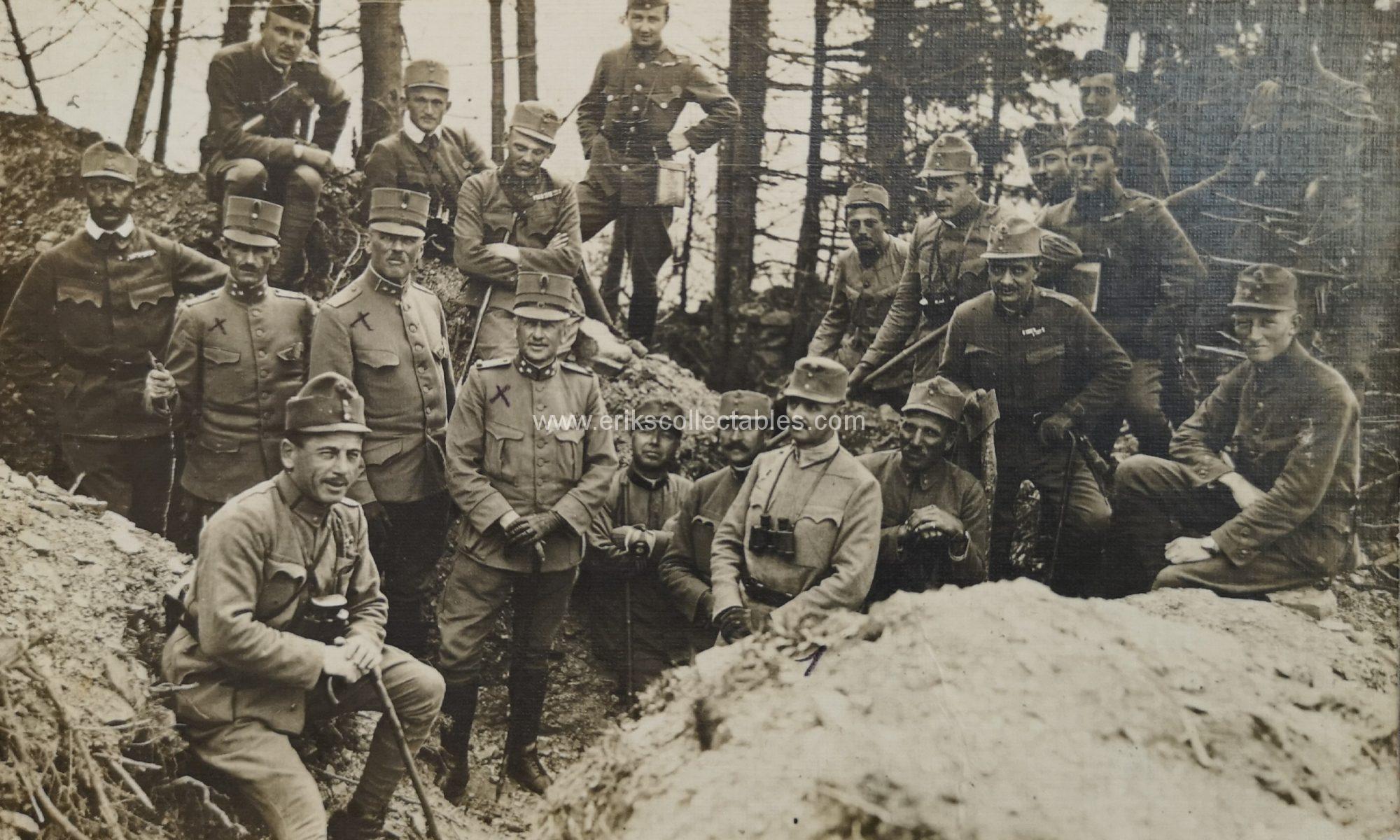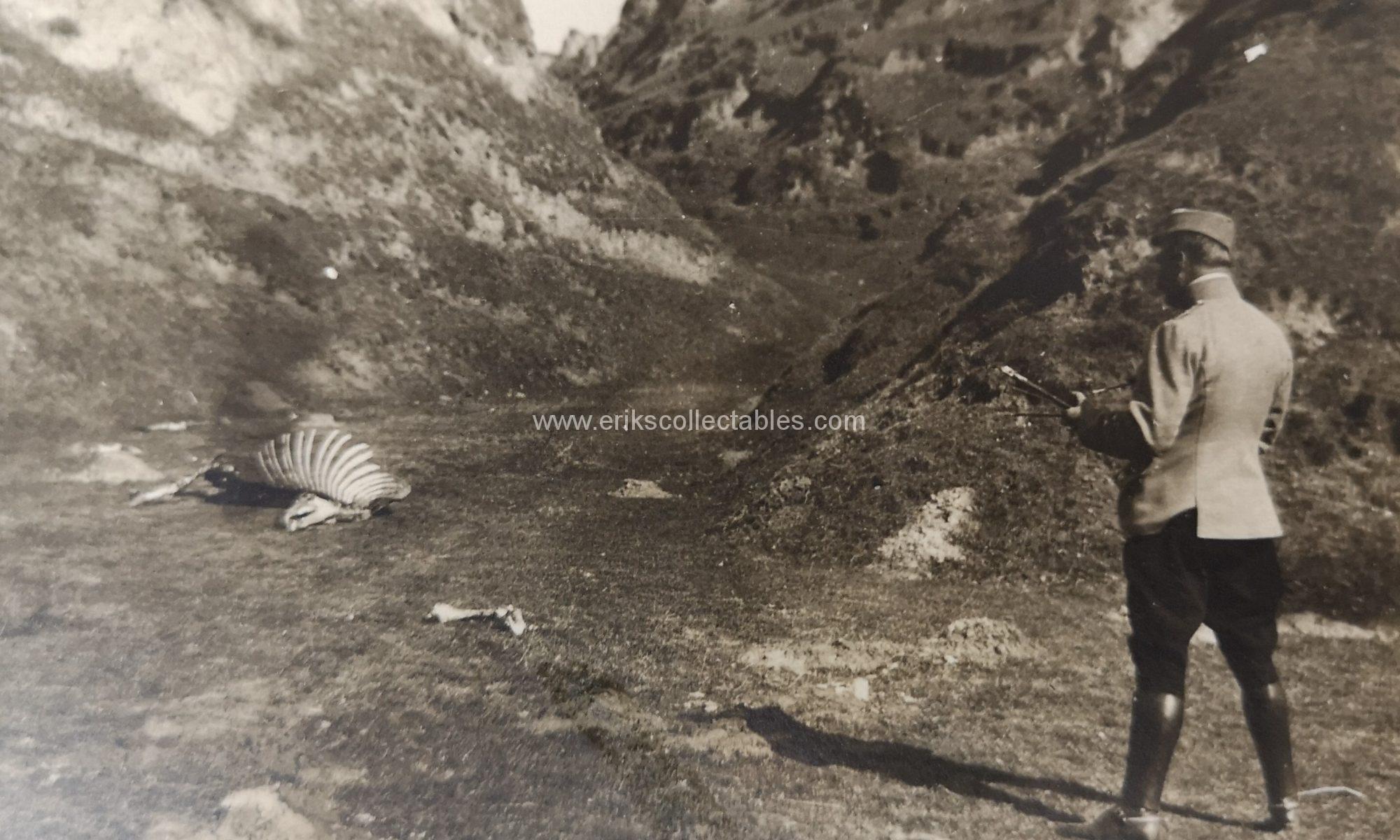This is adapted and translated version of an article I published in Decorare in 2011
What is this photo?
After finding the photo that is the theme of this blog I saw myself confronted with something impossible. Dutch military officers among a group of Austro-Hungarian soldiers, so probably on the eastern front in the first World War?
As you may know the Netherlands were a neutral country during the first worldwar (and they tried, unsuccesfully, to do the same in the second world war – but that is a different story). Surrounded by warring countries the war had a great impact on the Netherlands but there was no military participation of any kind so the big question that arised is: what is the story of this photo?
The photo had a Hungarian text on the back that helped to shed some light on this. It can be translated as follows: Dutch officers visiting Lieutenant Colonel Safrán. So the Dutch are not participating but visiting the front and we know whom they were visiting, a good starting points for further research.
Timeframe established!
Like most countries the Austro-Hungarian army also published rank lists with information on officers, these are a great source of information. During peacetime the lists (thick books) are almost perfect but during war time with rapid promotions, casulaties and all kinds of unregular changes they become less and less trustwothy. Nevertheless I could find (with the help of some research friends) that he was promoted to full Colonel in November 1917. So the photo must be from before that date. Another clue is the uniform the Dutch officers are wearing – it was only introduced in 1916 so the period is between 1916 and the end of 1917.
Study tours to the frontlines
Why would Dutch neutral officers visit the front of a war they are not part of? Well the First Worldwar changed the face of warfare in a shocking way. A neutral country could not learn from their own experience what this impact was. The only way to learn is by studying the experiences of others. So in that direction goes the second part of the research. There is only one publication on this subject written by Sven Maaskant. He states that between 1914 and 1920 approximately 60 tours were made by Dutch officers to study the effects of the war and the impact for the Dutch armed forces. After some research I succeed in contacting Maaskant and mail him a copy of the photo. He instantly recognized one of the Dutch officers. It is Lieutenant-Colonel T.F.J. Muller Massis who was the Dutch military aide to the Dutch embassies in Germany and Vienna between 1916 and 1920.
With that information he also can determine the specific trip out of the 60. Only one trip fits the participants, timeframe and location. It is a study tour to the Austro-Hungarian front that was made between June 25th and July 31st 1917. The four participants were: Colonel D.G. van der Voort Maarschalk, Lieutenant-Colonels T.F.J. Muller Massis and E.M. Carpentier Alting and Captain W.J. van Breen.
Carpentier Alting, an officer of the Dutch East Indies army is not in this picture, did he make it or was there another reason for his absence? The tour would have been organized by Muller Massis in his capacity of military aide in Berlin and Vienna. An officer that would raise to the rank of General and commander of the Dutch field army from 1922 until his pension in 1928 after which he would become a member of parliament untill 1948.
In 1933 Muller Massis donated a collection of helmets and gasmasks of different countries that participated in the war to the Dutch National Military Museum. He wrote about this: “The object were picked up by me during the visits I made to the battlefields. Further I still have the German gasmaks that was supplied to me in my function as military aide in Germany and that I wore on several fronts.” The donation also held his collection of Austro-Hungarian distinctives. These are the so called “Kappenabzeichen”, unofficial badges worn on the military caps by Austro-Hungarian troops which he collected during these trips. On the picture in question can be seen that the 3 Dutch officers al wear such insignia on the left breast of their uniform.
What is the unit in the photo?
Some research on the Hungarian officer in the pictures gives the specific unit, the 10th Honved (Hungarian territorial army) Infantry Regiment (HIR) which was part of the 39th Honved Infantry Division which is confirmed by a “Kappenabzeichen” on the breast of one of the Dutch officers which is of this division.
Wy this unit?
In March 1917 the 39th HID waged a very signifact battle against Russian troops on the realively new Rumanian front in which the 10th HIR of which Safrán was the commander played an important role. The entire unit was used as Stormtroops. The use of Stormtroops was a new military development of the Germans that was quickly adopted by their Austro-Hungarian allies. These troops were used mainly to force breaktroughs in the stallmate of trenchwarfare and new tactics and weapons were deployed by them. They were the first to get handgrenades and machine guns but also helmets and gasmasks which were not widely spread yet with the Austro-Hungarian army. They can be seen as an early variation of Special Forces within the army, receiving addtional training and equipment in comparison with the regular infantry.
The entire action of the 39th division would literally become a textbook example for the Hungarian (Ludovika) officers academy of a Stormtroop attack. In the fight for Hill 1504 (Magyaros near the Uz river) there were hardly any Austro-Hungarian casulaties but the Russians sufferend hundreds of casulaties and a multitude of were taken as Prisoners of War. A good reason for a visit of Dutch officers to learn from this example attack only a few months later especially a good promotion for the Austro-Hungarian army that struggled with its performance in other places.
From hypothesis to proof
The Dutch Institute for Military History has the archive of Muller Massis that also contains his (formerly SECRET) report from September 1917 on the “Commission sent to visit the Austro-Hungarian fronts”. It is a sort of diary of the trip with several appendices on specific military themes. In his reports he also describes how they received “Kappenabzeichen” as gifts. Here some translations relevant to this article:
“July 3rd.
With this regiment we learned
for the first time about regimental and other insignia
which were attached to the headwear.
As momento of our visit to the
von Hindenburg regiment we each received
a similar badge with a in white metal
portrait of the “Inhaber” or owner
surrounded by a wreath of laurels and a ribbon
in enemal with the years 1914, 1915 and 1916
and the words v.hindenburg K.u.K. Inf. Reg. Nr. 69.”
That same badge is depicted below and is still part of the collection of the Dutch National Military Museum today.
The report also confirms date and location of the photo.
“July 7th.
Guided by several officers
we visited the first line of defense of the 10th
Honved regiment, wich line was a very short
distance away from the enemy line. Here
also the hostilites had not commenced again
which even made it possible to get in front of the trenches.
After visiting some trenches of neighbouring 9th Honved regiment,
we walked down to the customs office
The starting point of a forresttrain (waldbahn) to Rumania.
from here we went back to the headquarters of the 39th division.”
Without the mentioning of Safrán in the text we can date the picture to July 7th 1917. Most information was already completed when the confirmation in the form of the original report was found. This shows that with thorough research it is possible to determine much valuable information.
In order to do this I had help from several other researchers, many thanks to my friends in making this article possible!
Sources:



